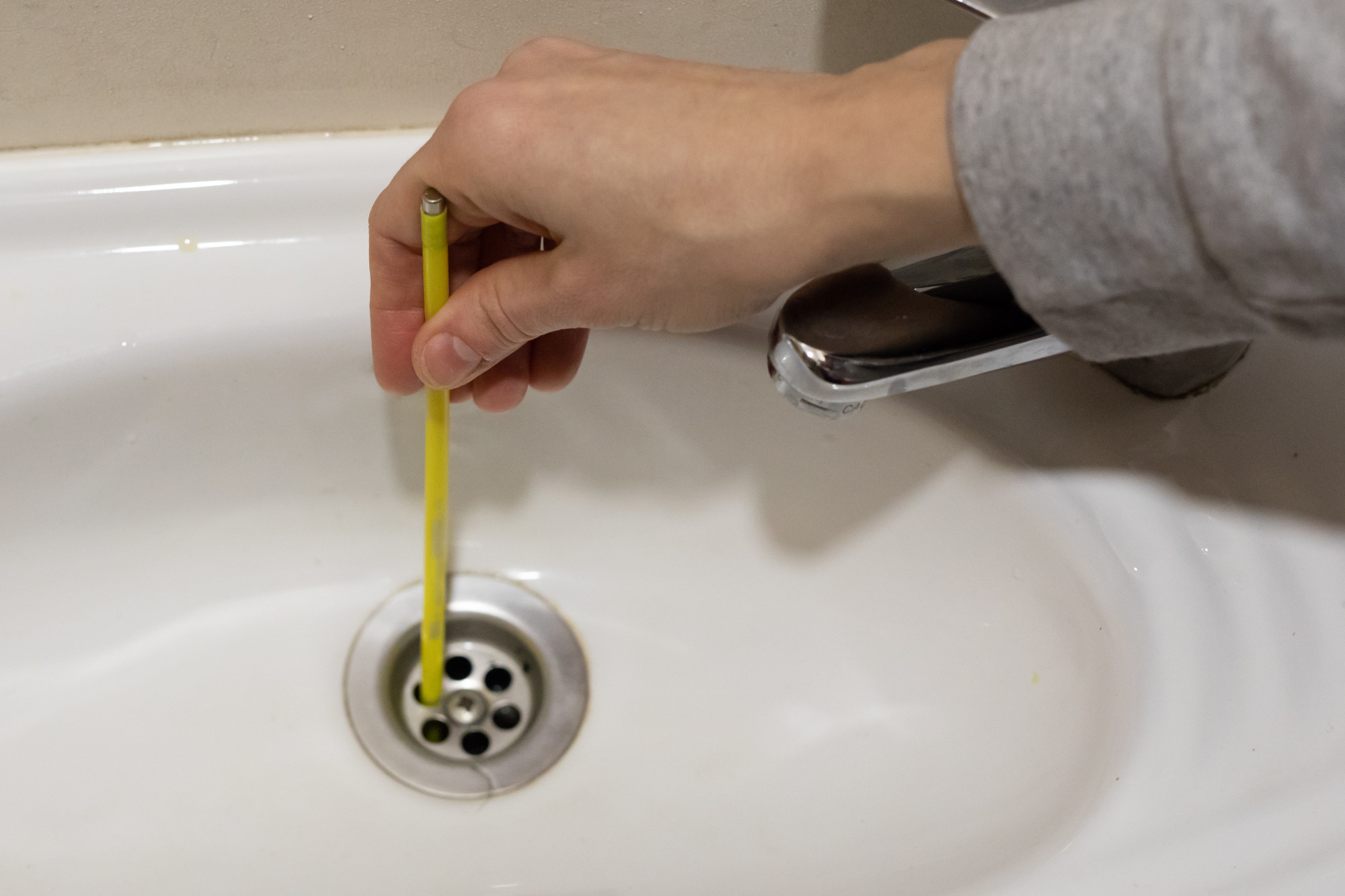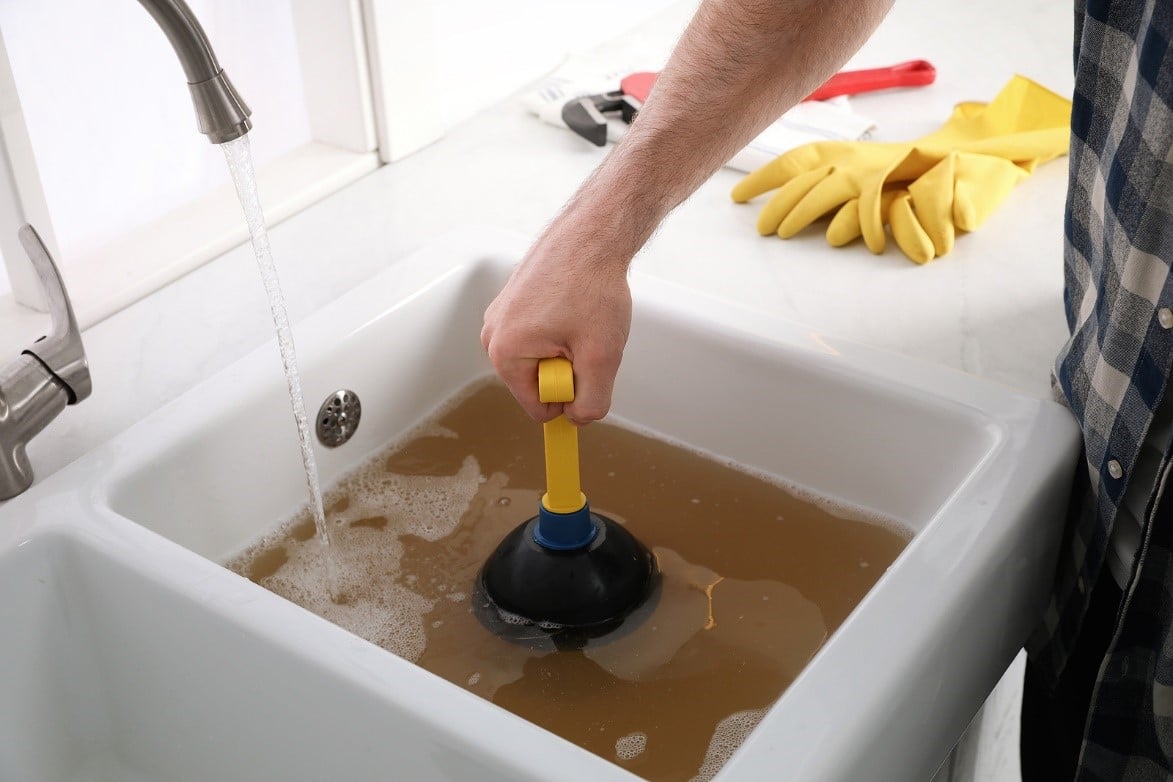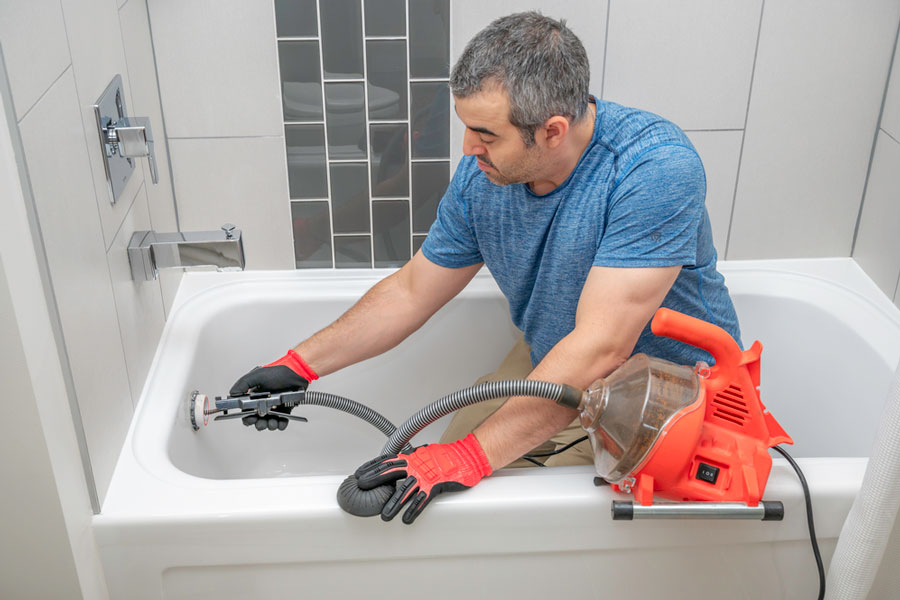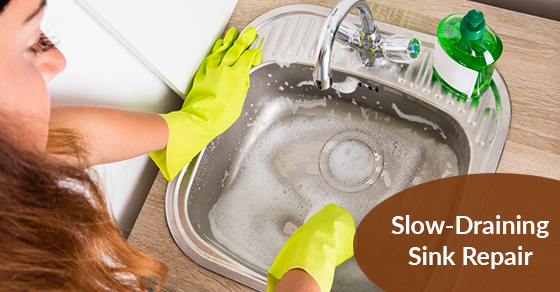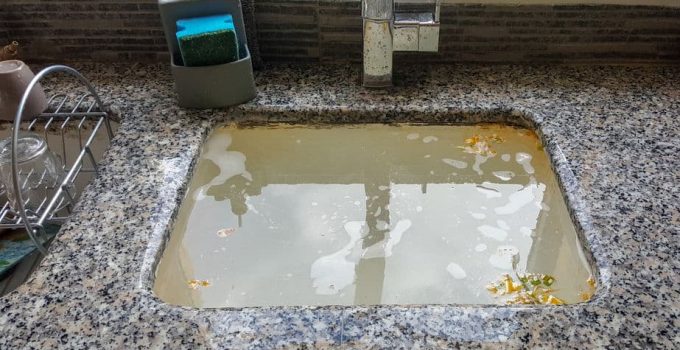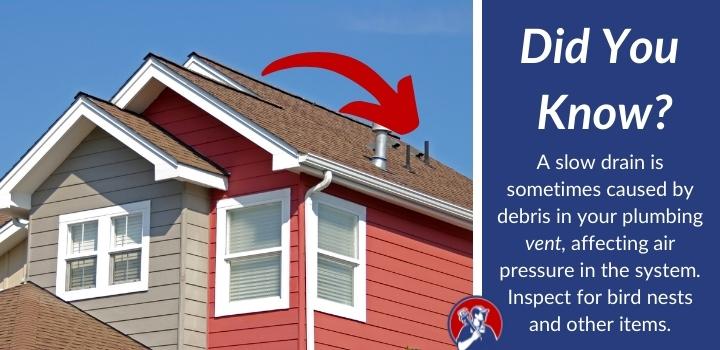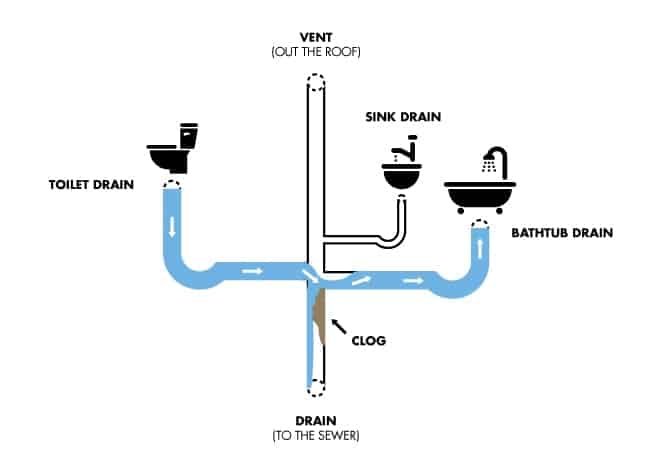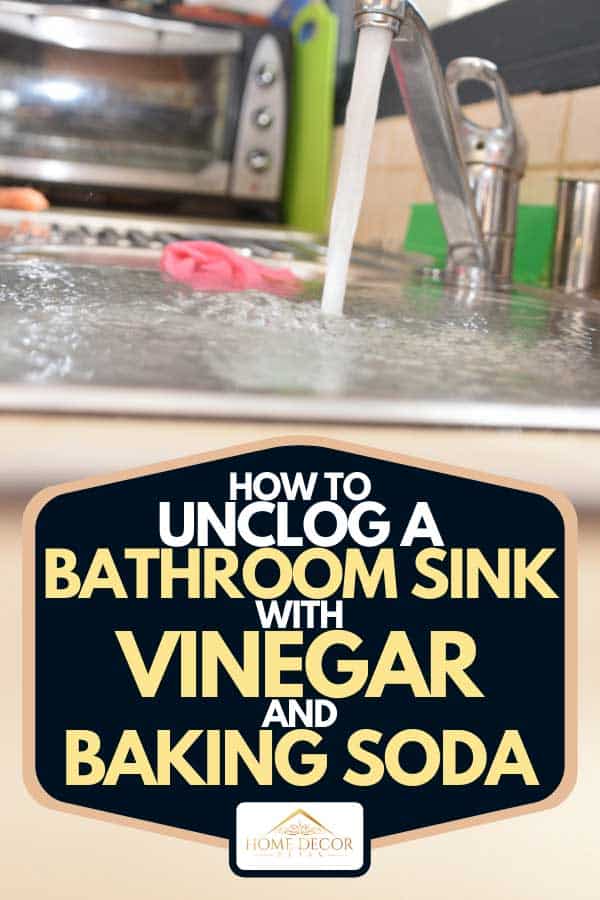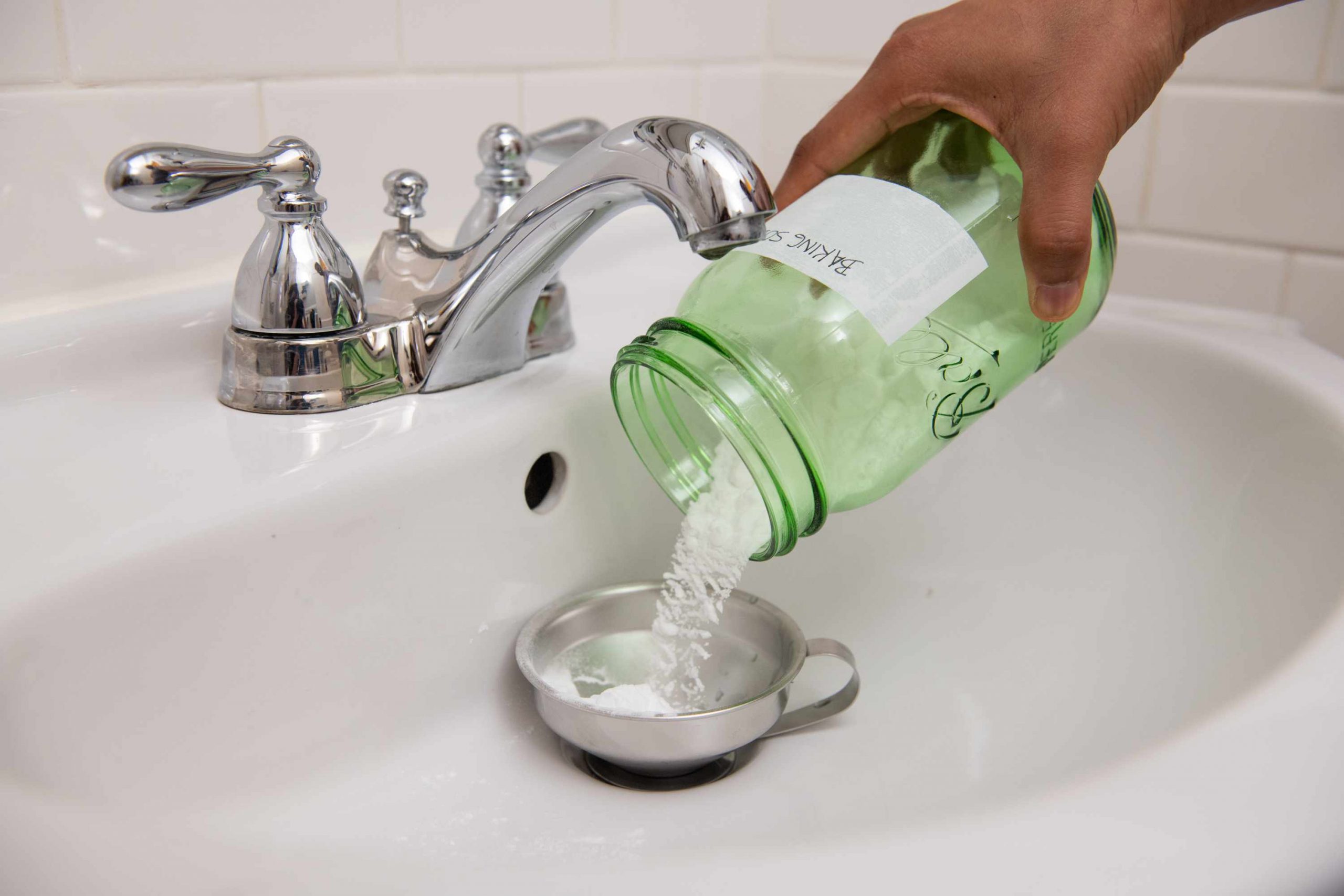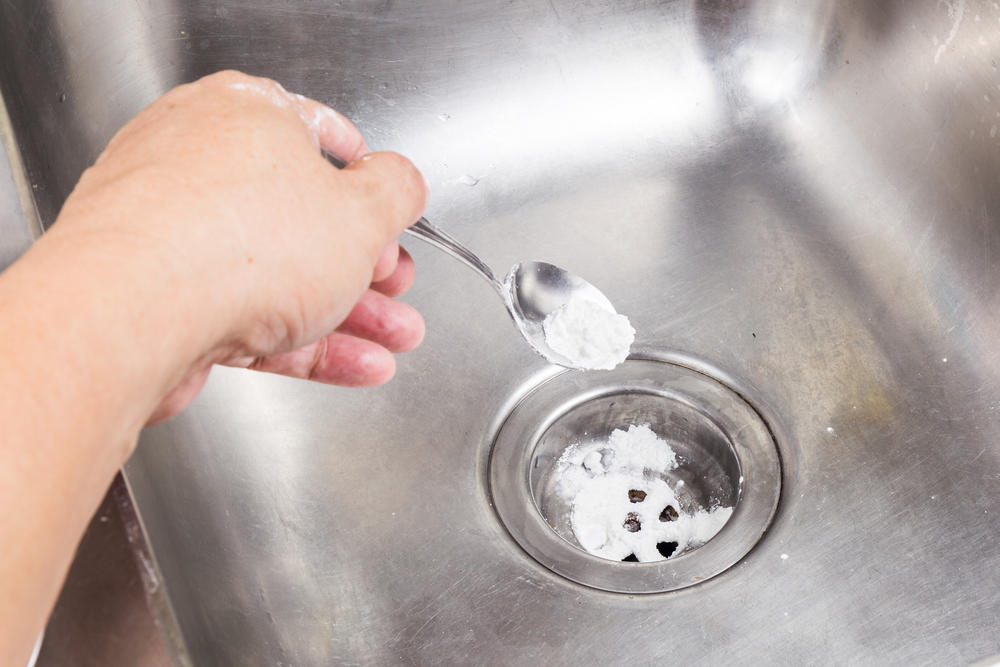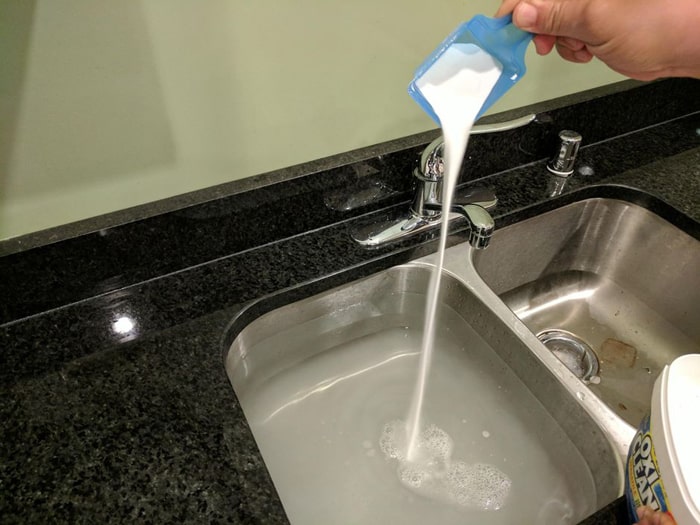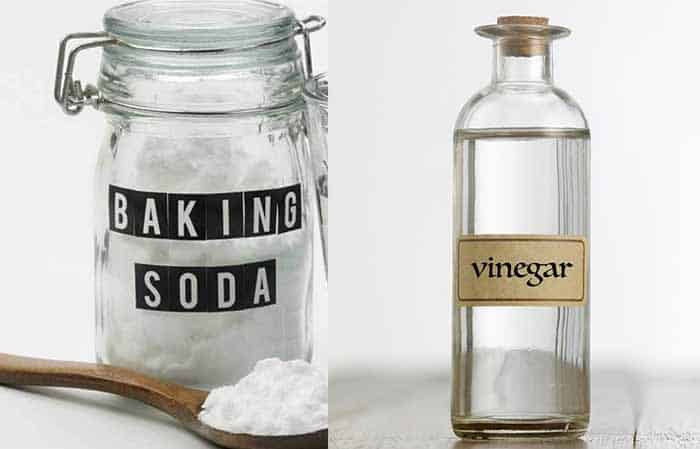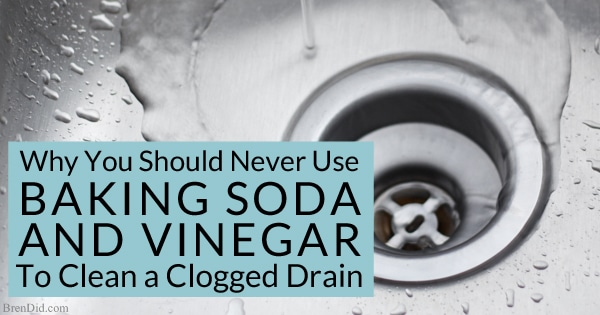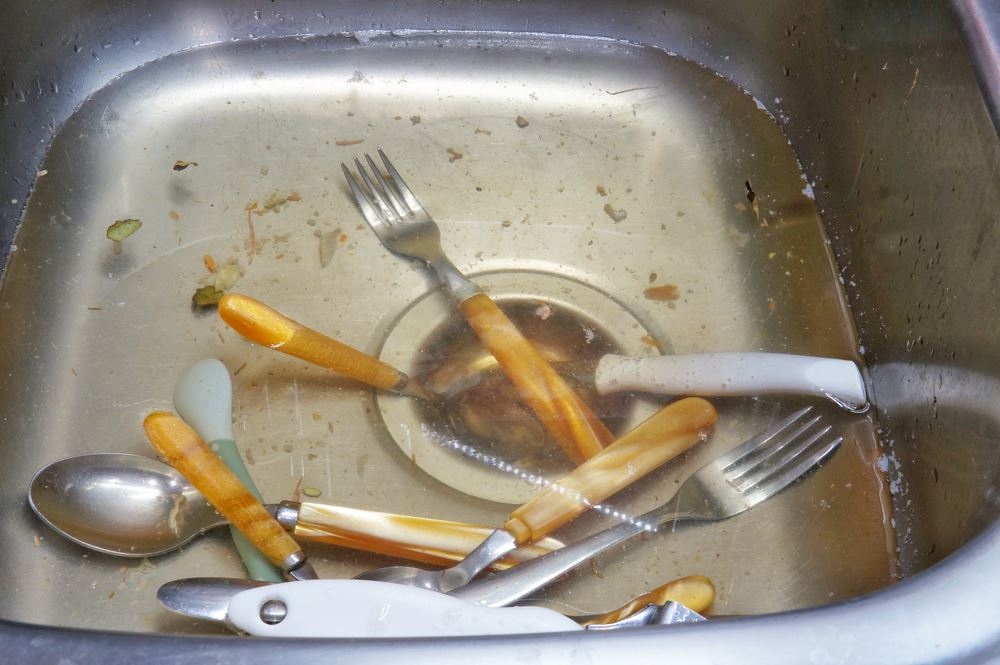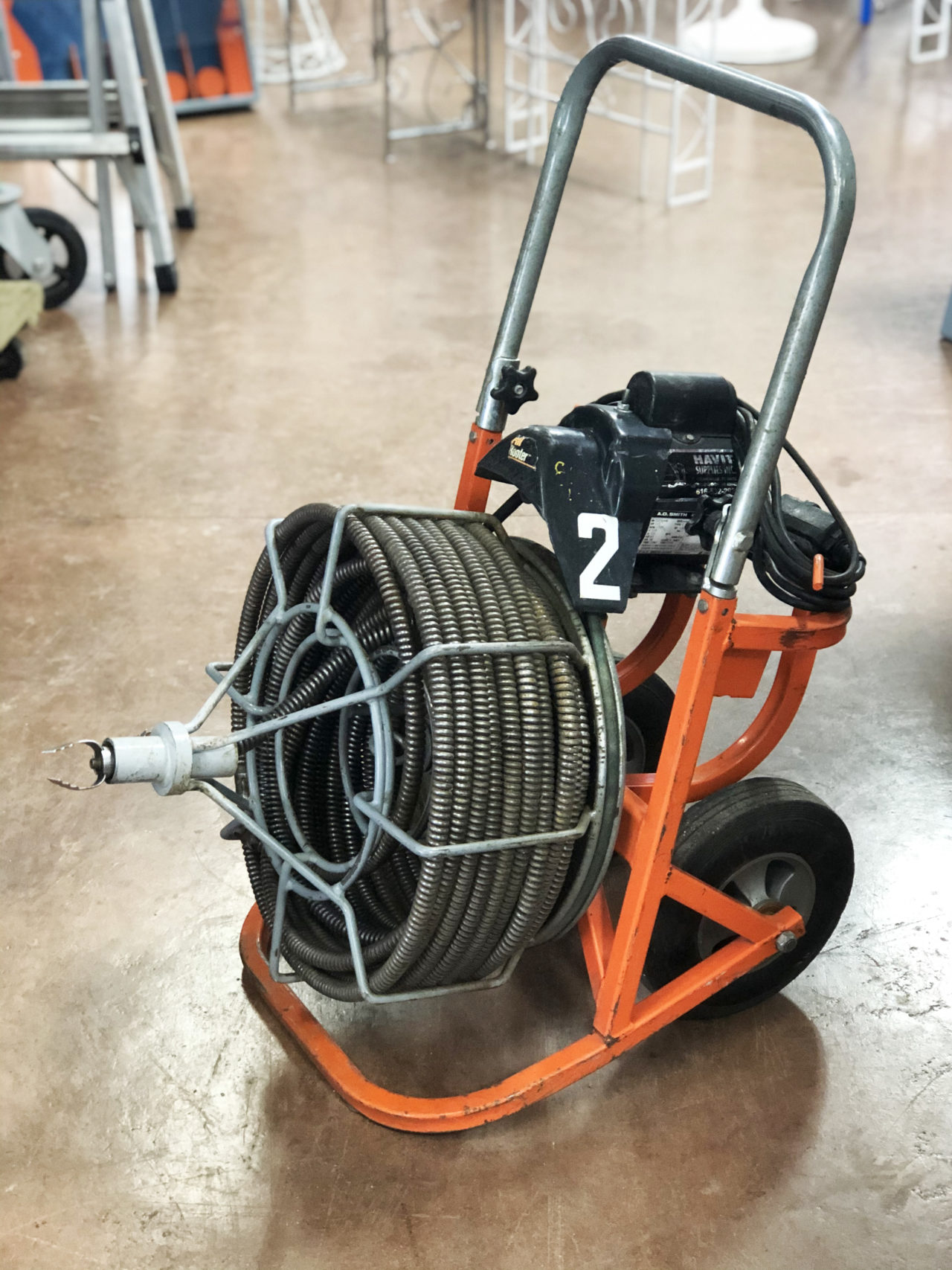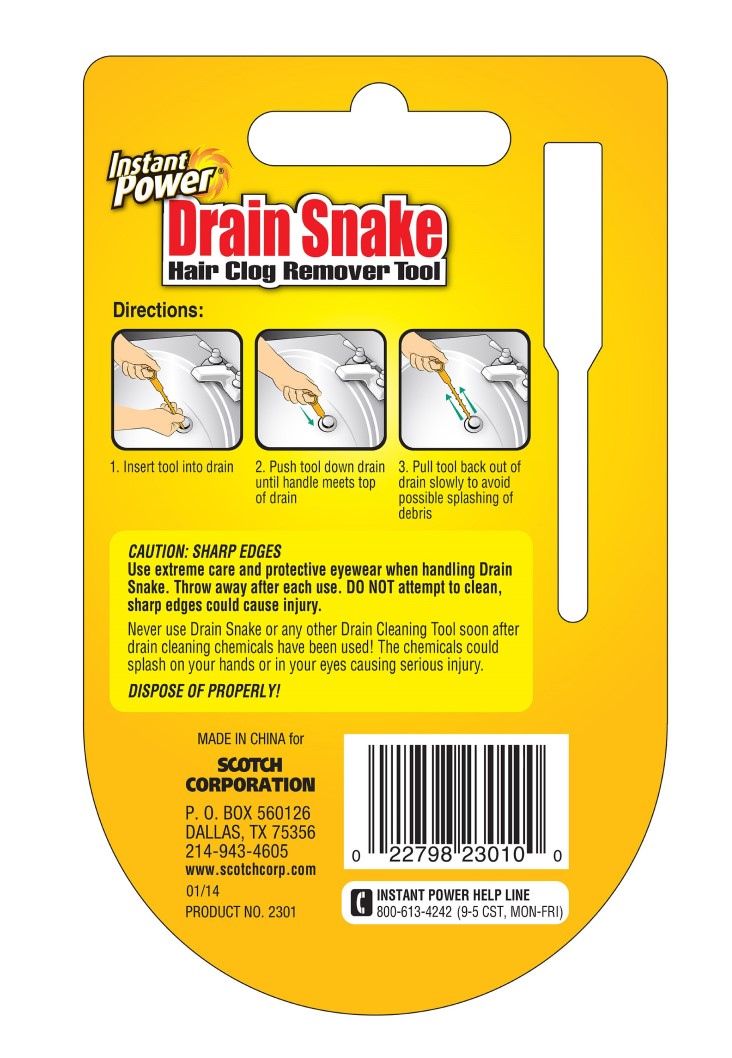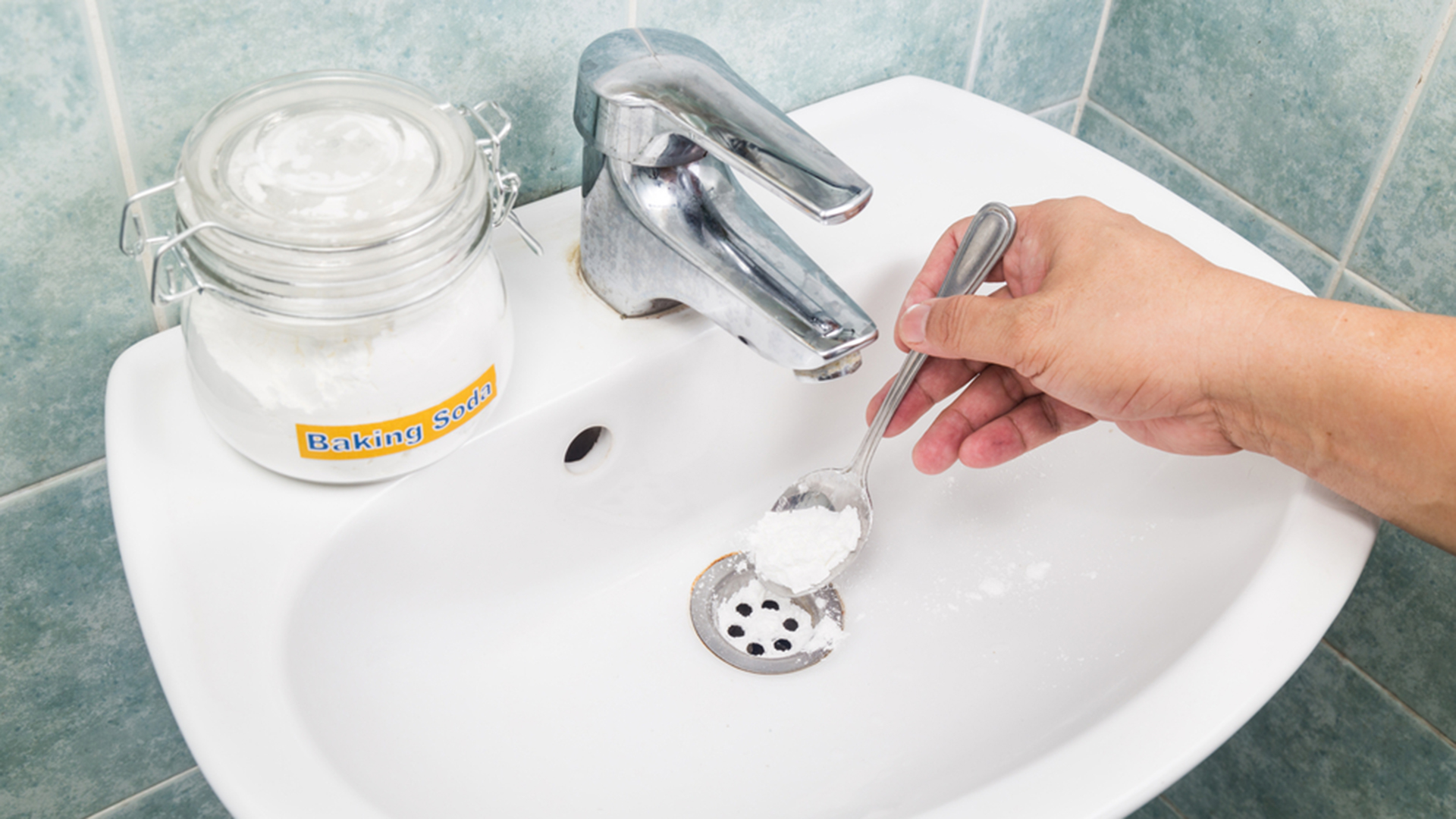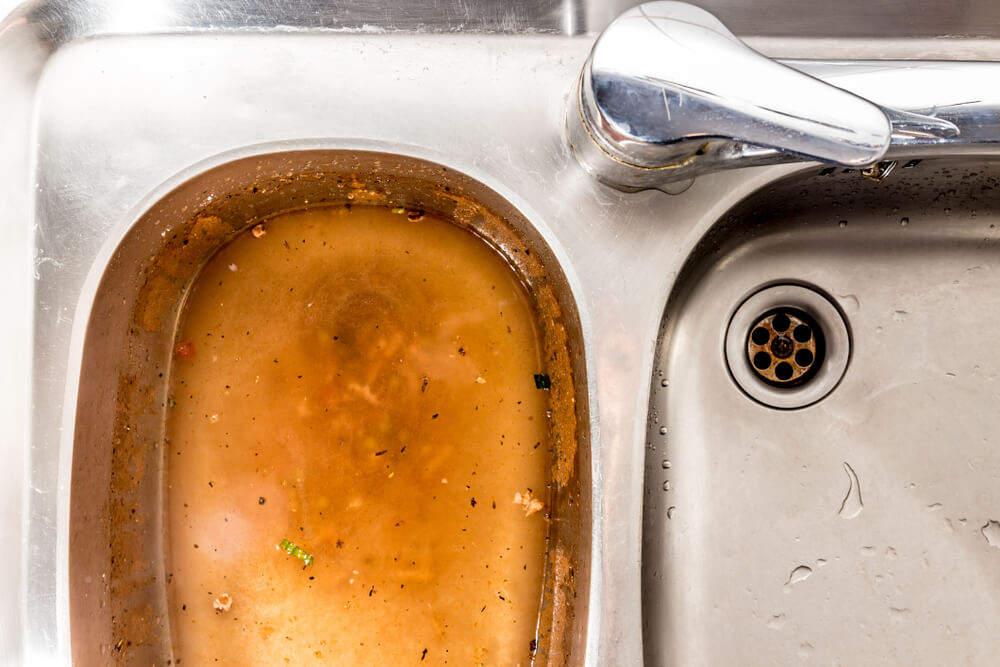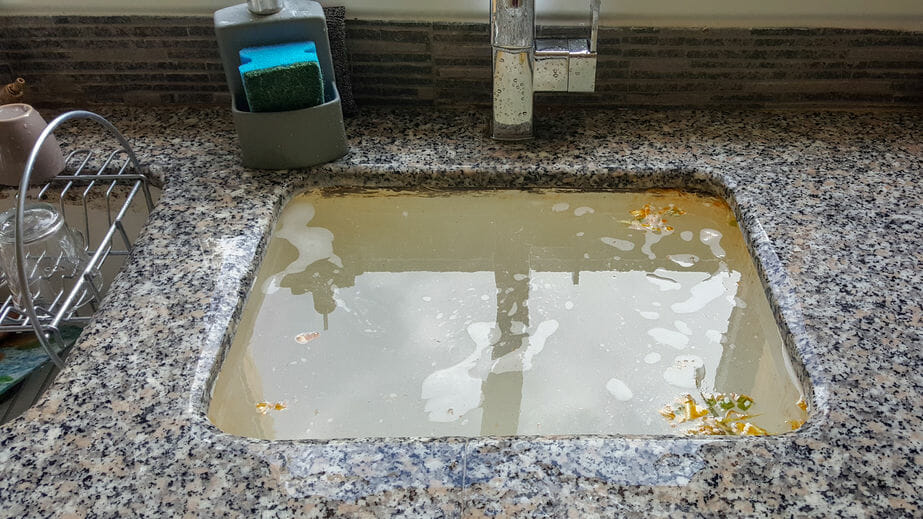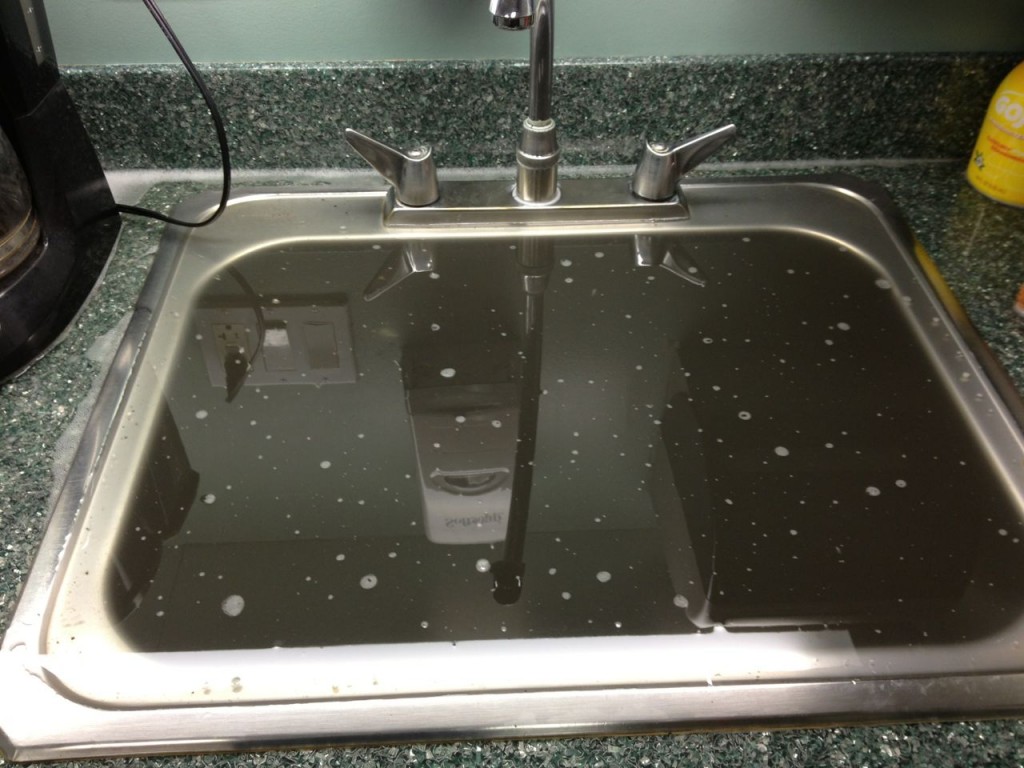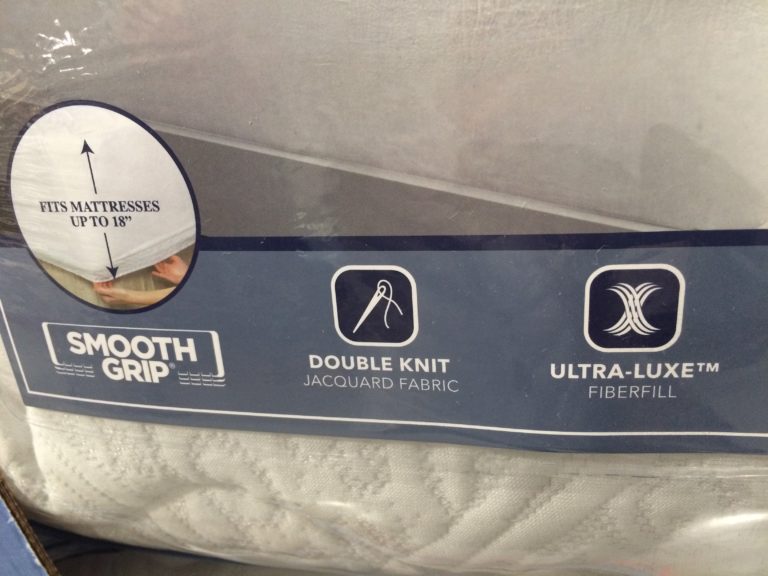Dealing with a kitchen sink that is backed up and draining slowly can be frustrating and inconvenient. Not only does it make it difficult to use your sink for daily tasks, but it can also lead to unpleasant odors and potential water damage. If you're facing this issue, don't worry - we've got you covered with these top 10 ways to unclog a kitchen sink.Unclog a Kitchen Sink
Before you can fix a slow-draining kitchen sink, it's important to first identify the cause of the clog. The most common culprits are food particles, grease buildup, and foreign objects such as utensils or small toys. Once you've determined the cause, you can use one of the following methods to clear the clog.How to Fix a Slow-Draining Kitchen Sink
1. Plunger: This tried and true method involves using a plunger to create suction and dislodge the clog. Simply place the plunger over the drain and push and pull until the water starts to drain. This method works best for small clogs close to the surface. 2. Boiling Water: Pouring boiling water down the drain can help break up and flush away any grease or food particles causing the clog. Be careful not to use this method on porcelain sinks, as the extreme heat can cause damage. 3. Baking Soda and Vinegar: This DIY solution is not only effective but also environmentally friendly. Pour a cup of baking soda down the drain, followed by a cup of vinegar. Let it sit for a few minutes before flushing it with hot water. 4. Dish Soap and Hot Water: If the clog is caused by grease buildup, pouring a generous amount of dish soap followed by hot water can help break it down and flush it away. 5. Drain Snake: For more stubborn clogs, a drain snake can be used to physically break up and remove the blockage. Insert the snake into the drain and twist it to dislodge the clog.5 Ways to Unclog a Kitchen Sink
If the above methods don't work, it may be necessary to physically clear the clog from the drain. This can be done using a plumbing snake or by removing the P-trap (the curved pipe under the sink) and manually removing the blockage. Be sure to have a bucket or towels handy as this method can get messy.How to Clear a Clogged Kitchen Sink Drain
If you want to avoid using harsh chemicals or tools, there are a few DIY solutions that can help prevent and clear a slow-draining kitchen sink. These include: 1. Salt and Baking Soda: Mix equal parts salt and baking soda and pour it down the drain, followed by boiling water. This can help break down any buildup and keep your drain clog-free. 2. Hot Water and Salt: For minor clogs, pouring a pot of boiling water down the drain followed by a handful of salt can help break up and flush away the blockage. 3. Lemon Juice and Vinegar: Squeeze half a lemon down the drain, followed by a cup of vinegar, and let it sit for 30 minutes before flushing with hot water. This will not only help clear the clog but also leave your sink smelling fresh.DIY Solutions for a Slow-Draining Kitchen Sink
Prevention is always better than cure, so it's important to know the common causes of a backed-up kitchen sink. These include: 1. Fats, Oils, and Grease: These substances can solidify and cause blockages in your drain. Avoid pouring them down the sink and instead dispose of them in the trash. 2. Food Scraps: Even small food particles can accumulate in your drain over time and cause clogs. Be sure to use a sink strainer to catch any food scraps and dispose of them in the trash. 3. Foreign Objects: Sometimes, small objects can accidentally fall into the sink and cause clogs. Be mindful of what you're putting down the drain and keep an eye out for any foreign objects that may have fallen in.Common Causes of a Backed-Up Kitchen Sink
To avoid the hassle of dealing with a backed-up kitchen sink, here are a few preventative measures you can take: 1. Regular Maintenance: Regularly flushing your sink with hot water and a mixture of baking soda and vinegar can help prevent clogs from forming. 2. Use a Sink Strainer: As mentioned earlier, using a sink strainer can prevent food scraps and other debris from going down the drain and causing clogs. 3. Dispose of Grease Properly: Instead of pouring grease down the sink, let it cool and solidify before disposing of it in the trash.How to Prevent a Slow-Draining Kitchen Sink
As mentioned earlier, using a mixture of baking soda and vinegar is an effective and eco-friendly way to unclog a kitchen sink. The chemical reaction between the two ingredients helps break down and flush away any buildup in your drain. This method is safe for all types of sinks and can be used as a preventative measure to keep your drain clear.Using Baking Soda and Vinegar to Unclog a Kitchen Sink
Both plungers and drain snakes are effective tools for clearing clogs in a kitchen sink. Plungers work best for small clogs close to the surface, while drain snakes are better for more stubborn clogs deeper in the drain. If you're not sure which one to use, it's best to start with a plunger and then move on to a drain snake if needed.Plunger vs. Drain Snake: Which is Better for a Clogged Kitchen Sink?
If all else fails, it may be time to call in a professional plumber. They have specialized tools and expertise to effectively clear even the toughest clogs. Additionally, they can also inspect your pipes for any potential issues and make necessary repairs.Professional Solutions for a Backed-Up Kitchen Sink
Kitchen Sink Backs Up and Drains Slowly: Causes and Solutions
/how-to-install-a-sink-drain-2718789-hero-24e898006ed94c9593a2a268b57989a3.jpg)
Keep Your Kitchen Sink Running Smoothly
 If you've noticed that your kitchen sink is slowly draining or even backing up, you're not alone. This is a common household issue that can be frustrating and inconvenient. However, before you call a plumber, it's important to understand the potential causes and simple solutions for this problem.
If you've noticed that your kitchen sink is slowly draining or even backing up, you're not alone. This is a common household issue that can be frustrating and inconvenient. However, before you call a plumber, it's important to understand the potential causes and simple solutions for this problem.
Causes of a Slow-Draining and Backed Up Sink
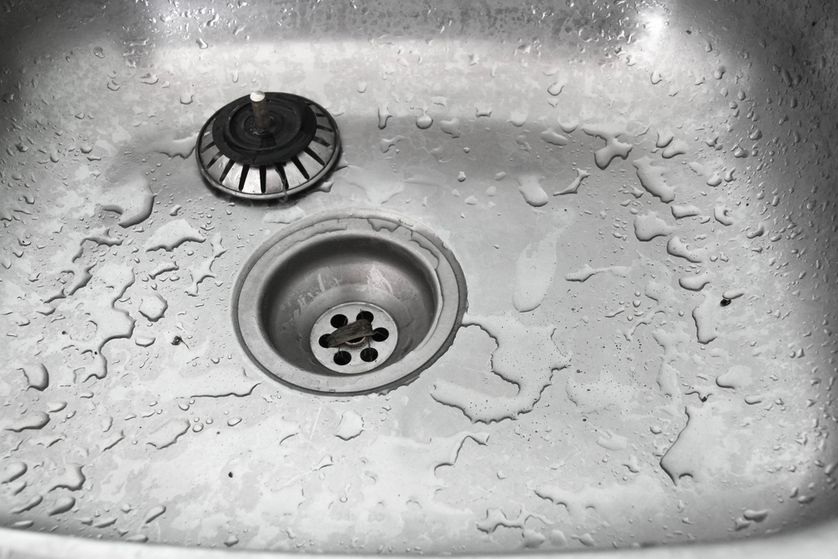 There are several reasons why your kitchen sink may be draining slowly or backing up. One of the most common causes is a clogged drain. Over time, food particles, grease, and other debris can build up in the pipes and cause blockages. Additionally, if you have a garbage disposal, it may be clogged or malfunctioning, which can also lead to slow drainage or backups.
Another potential cause is a damaged or improperly installed plumbing system. If the pipes are not properly aligned or sealed, water may not be able to flow freely, causing backups and slow drainage. Finally, tree roots can also be a factor in a slow-draining sink. If there are trees or shrubs near your home, their roots may have grown into the pipes and caused blockages.
There are several reasons why your kitchen sink may be draining slowly or backing up. One of the most common causes is a clogged drain. Over time, food particles, grease, and other debris can build up in the pipes and cause blockages. Additionally, if you have a garbage disposal, it may be clogged or malfunctioning, which can also lead to slow drainage or backups.
Another potential cause is a damaged or improperly installed plumbing system. If the pipes are not properly aligned or sealed, water may not be able to flow freely, causing backups and slow drainage. Finally, tree roots can also be a factor in a slow-draining sink. If there are trees or shrubs near your home, their roots may have grown into the pipes and caused blockages.
Solutions for a Slow-Draining and Backed Up Sink
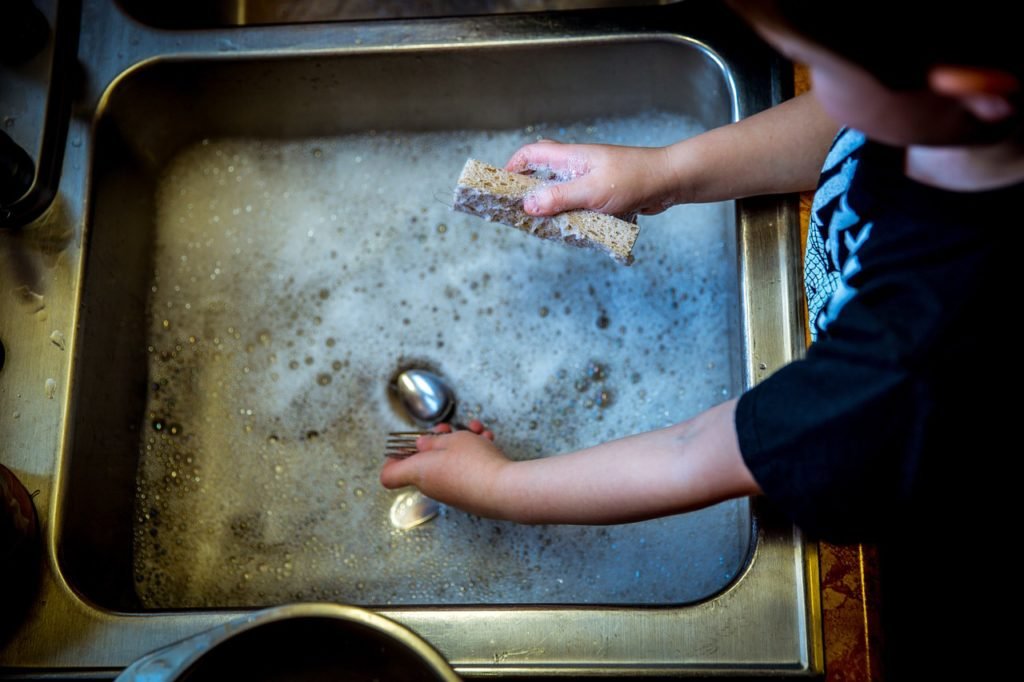 The good news is that there are simple solutions to address a slow-draining or backed up kitchen sink. The first step is to try using a plunger or a drain snake to remove any blockages in the pipes. You can also try pouring boiling water down the drain to break up any grease or buildup. If these methods don't work, you may need to use a chemical drain cleaner, but be sure to follow the instructions carefully and use protective gear.
If the issue persists, it may be a sign of a larger plumbing problem. In this case, it's best to call a professional plumber to assess the situation and make any necessary repairs. They will be able to properly diagnose the issue and address it effectively.
The good news is that there are simple solutions to address a slow-draining or backed up kitchen sink. The first step is to try using a plunger or a drain snake to remove any blockages in the pipes. You can also try pouring boiling water down the drain to break up any grease or buildup. If these methods don't work, you may need to use a chemical drain cleaner, but be sure to follow the instructions carefully and use protective gear.
If the issue persists, it may be a sign of a larger plumbing problem. In this case, it's best to call a professional plumber to assess the situation and make any necessary repairs. They will be able to properly diagnose the issue and address it effectively.
Preventing Future Issues
 To avoid future instances of a slow-draining or backed up sink, it's important to practice proper maintenance. This includes regularly cleaning your drains with a mixture of baking soda and vinegar, avoiding pouring grease and oil down the drain, and using a drain strainer to catch food particles. You should also have your plumbing system inspected and maintained by a professional plumber on a regular basis.
In conclusion, a slow-draining or backed up kitchen sink can be a frustrating problem, but it's important to understand the potential causes and solutions. With proper maintenance and quick action, you can keep your kitchen sink running smoothly and avoid any major plumbing issues in the future.
To avoid future instances of a slow-draining or backed up sink, it's important to practice proper maintenance. This includes regularly cleaning your drains with a mixture of baking soda and vinegar, avoiding pouring grease and oil down the drain, and using a drain strainer to catch food particles. You should also have your plumbing system inspected and maintained by a professional plumber on a regular basis.
In conclusion, a slow-draining or backed up kitchen sink can be a frustrating problem, but it's important to understand the potential causes and solutions. With proper maintenance and quick action, you can keep your kitchen sink running smoothly and avoid any major plumbing issues in the future.
/plumber-unclogging-kitchen-sink-169270382-5797a9355f9b58461f27f024.jpg)

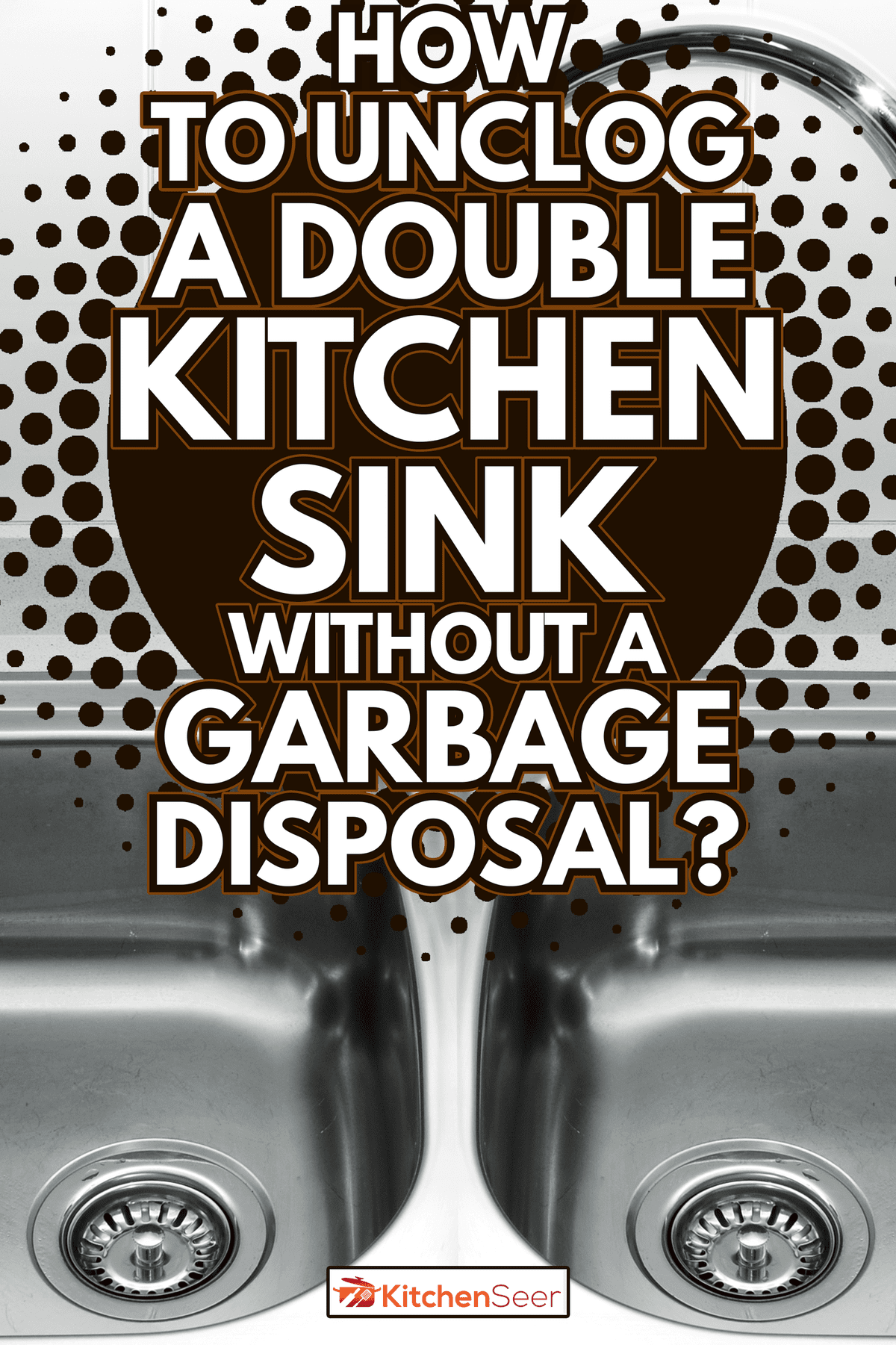




:max_bytes(150000):strip_icc()/how-to-unclog-a-kitchen-sink-2718799_sketch_FINAL-8c5caa805a69493ab22dfb537c72a1b7.png)









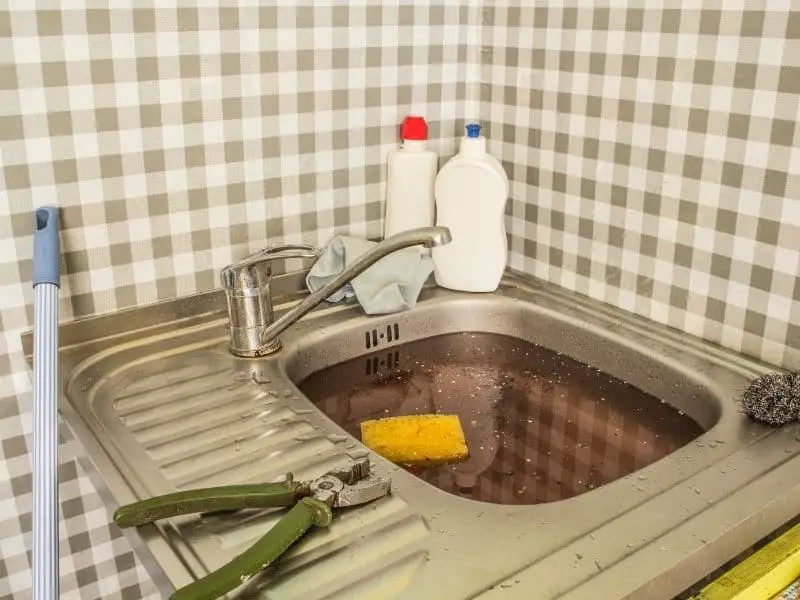


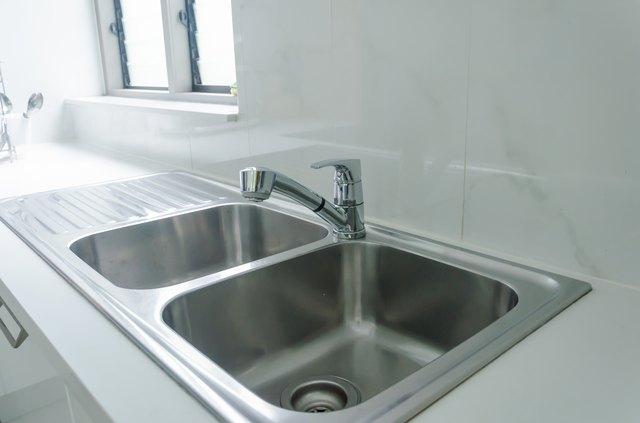



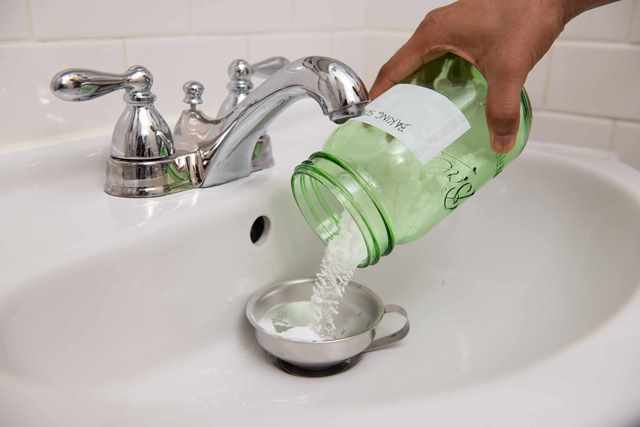

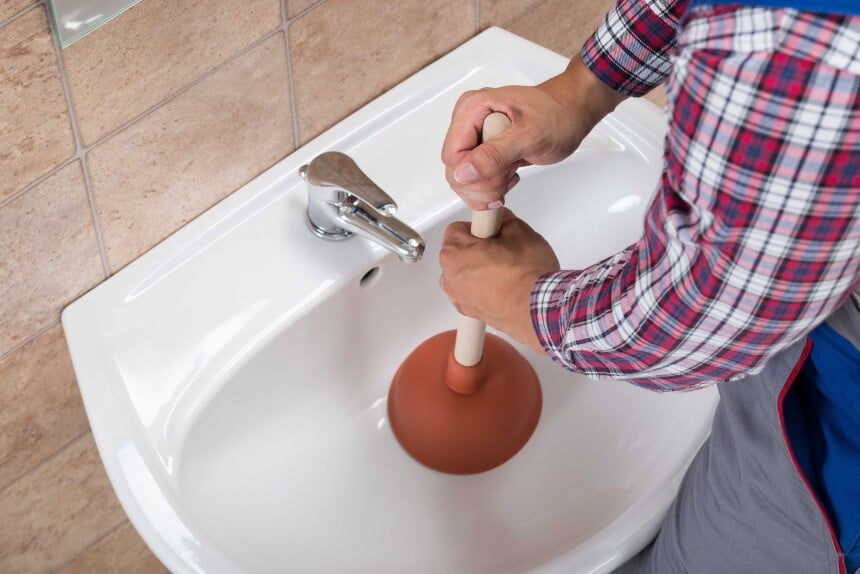


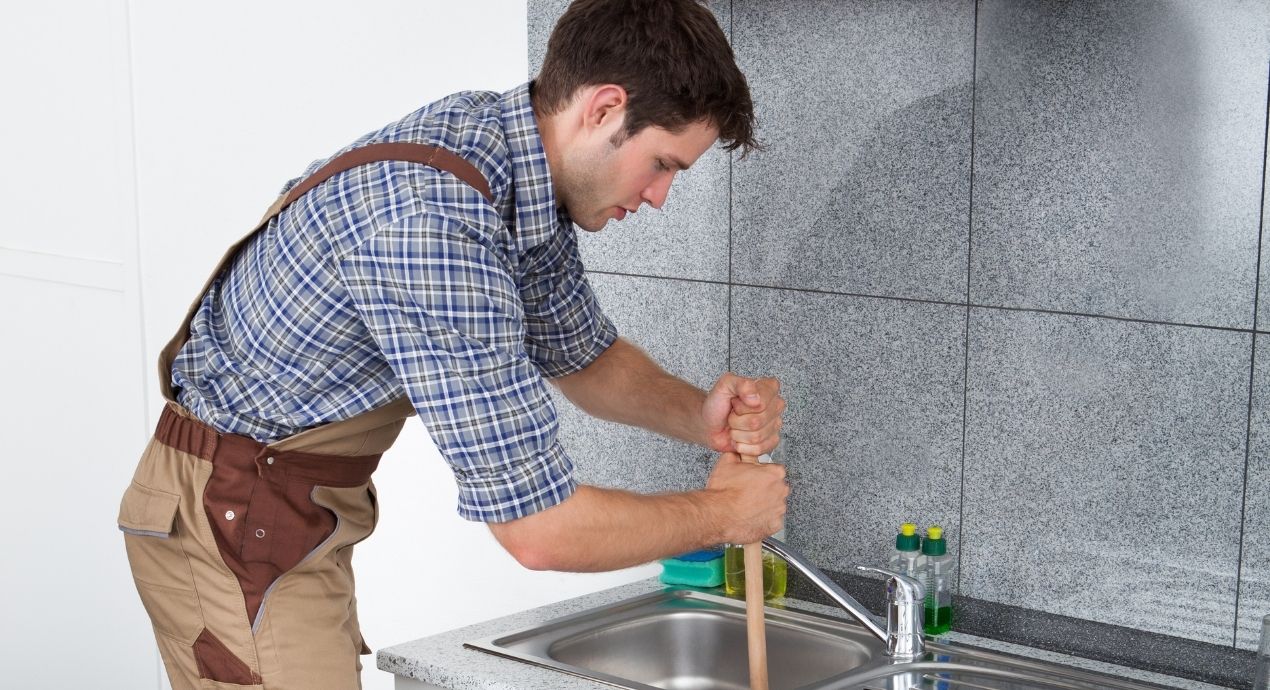
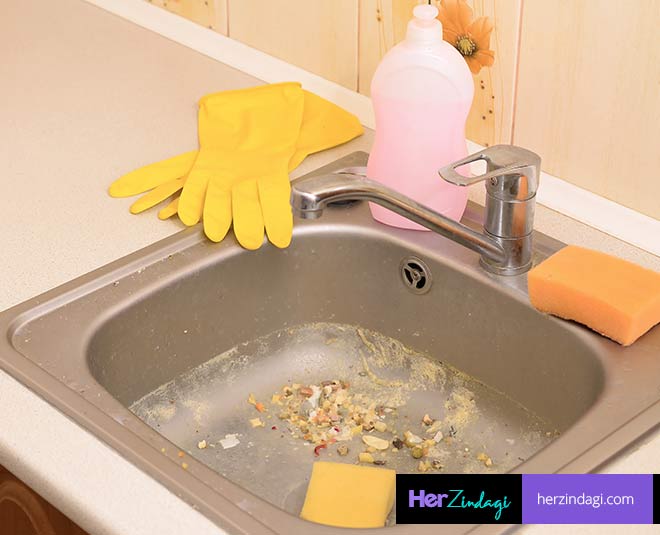
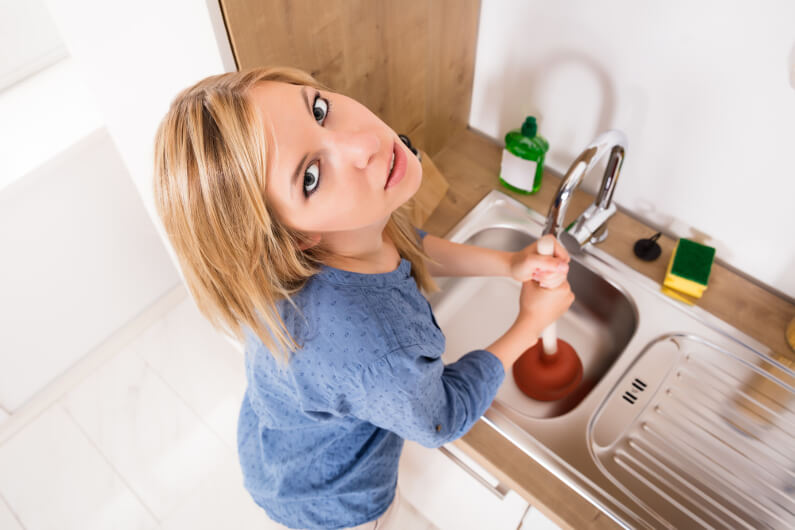





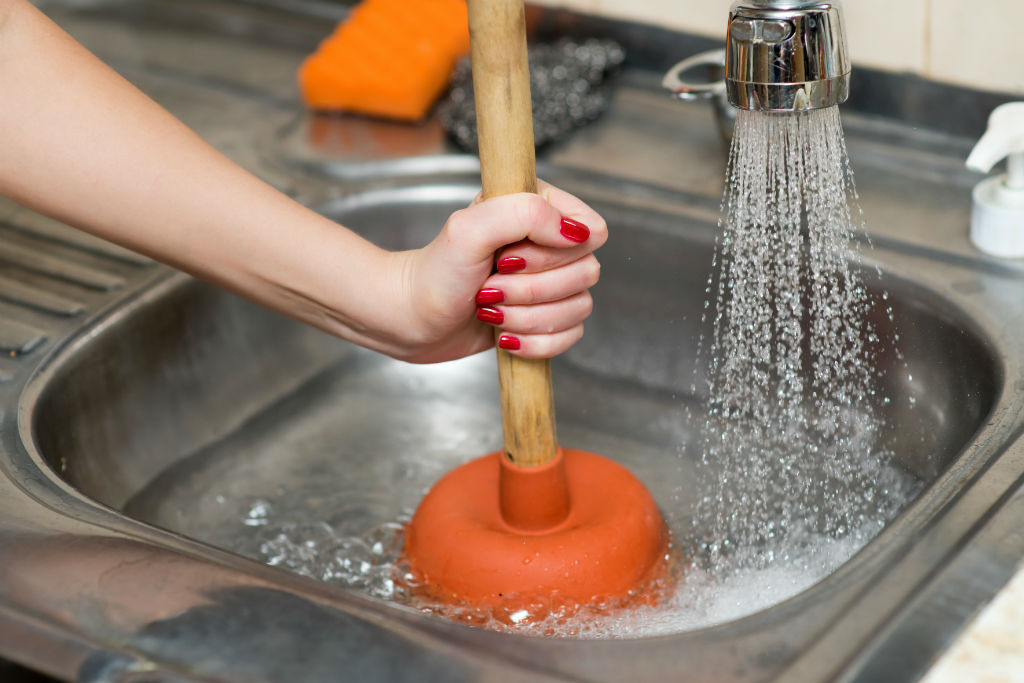


:max_bytes(150000):strip_icc()/freshen-and-unclog-drain-with-baking-soda-1900466-22-bbf940b70afa4d5abef0c54da23b1d3f.jpg)





